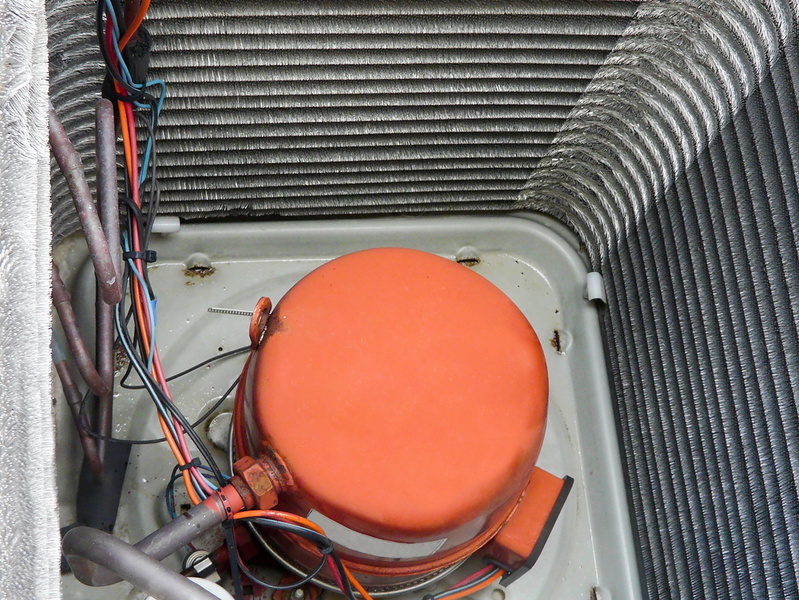A compressor is one of the most important cooling functions in an air conditioner and a key component in the cooling function of an air conditioner.
HVAC system contains many HVAC parts in which the compressor plays an important role.
The air conditioning in a building is essentially a kind of refrigerator that cools and dehumidifies the air in the building, thereby ensuring the thermal comfort of the occupants. Most HVAC compressors look like a black box through which a line runs, similar to a refrigerator.
Compressor Function
An air conditioning system is a device that transfers heat from the enclosed space to the outside air through the use of heat exchangers such as air conditioning, compressors and heat pumps.
Air conditioning is based on two facts of nature: the compressors are driven by the heat exchangers and the air flows through them, not the other way around.
One is the gas that flows through them, and the other is the heat that flows through the air exchangers, which in turn flow through them in the opposite direction.
Air Conditioning Cycle
The heat transfer cycle occurs when the compressor pushes the refrigerant into the heat exchanger at the top of the air conditioning system (HVAC) and then down again.
This pressure effect increases the temperature in the surrounding atmosphere significantly and also puts the refrigerant under pressure to its liquefaction point before it can flow out of the system. The pressurised refrigerants then flow into a condenser coil, where they are released into the cool atmosphere. At the same time, a fan blows air through the air exchanger to facilitate the transfer of excess heat.
After shedding its excess heat to the atmosphere, the refrigerant flows to an evaporator coil where it expands into a gas at the reduced pressure in the evaporator, which is located in the space to be cooled. This expansion requires heat, which is drawn from the air in the enclosed space that’s being cooled. This warms the refrigerant. The cold evaporator also draws humidity from the air. A fan blowing across the evaporator coil facilitates this transfer of heat and humidity. As the compressor pushes hot pressurized refrigerant toward the condenser, it pulls the warm vaporized refrigerant from the evaporator to start the cycle all over again.
Compressor Types
Two types of compressors dominate the building: pistons and scrolls: pistons and scrolls. The piston type uses a piston mounted on a motor-driven crankshaft to absorb and compress refrigerant.
A scroll compressor sucks evaporated refrigerant through a circular scroll on an eccentric shaft or crankshaft. They push the refrigerants through the scroll and gradually reduce the volume until it is compressed.
There are three forms of compressor construction, and they all work in the same way, so they cannot leak or be damaged or repaired.
This type is found in very large HVAC systems and can be opened for repair, but the refrigerant could leak and cause damage. An open compressor has a motor and a compressor, with the individual units connected by couplings. Between the engine and the compressor there is a semi-hermetic unit, half of which is sealed with seals and screws.




